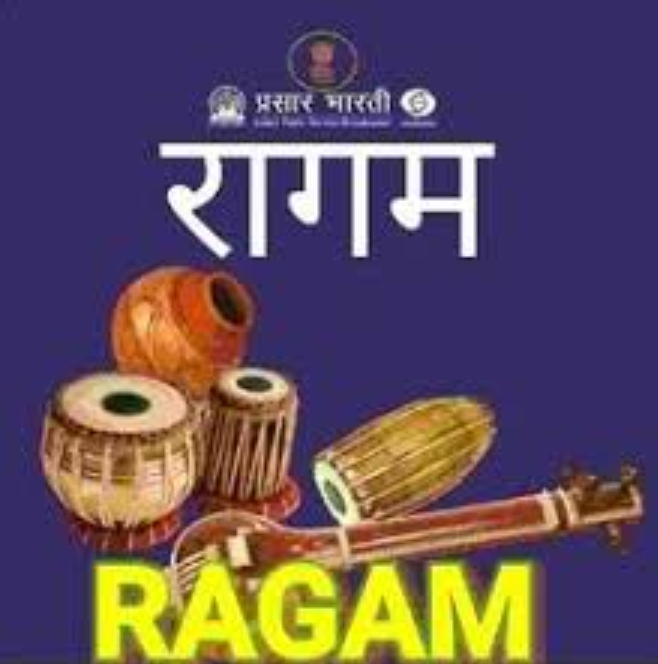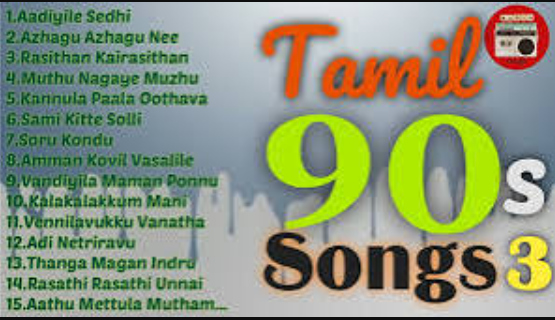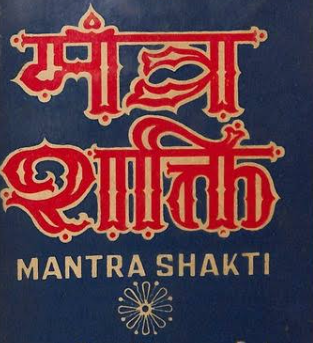


















































The Gayatri Mantra: A Guide to Meaning, Benefits, and Correct Practice The Gayatri Mantra is one of the most ancient and powerful sacred chants known to humanity. Revered for millennia within the Vedic tradition, it is found in the Rigveda and is often called the "Mother of the Vedas" due to its profound essence. More than just a sequence of words, the Gayatri Mantra is a timeless prayer for spiritual illumination, inner clarity, and divine intelligence. It is a tool for purifying the mind and awakening the consciousness to its highest potential. ... Unveiling the Meaning: A Word-by-Word Journey To understand the power of the Gayatri Mantra, it is essential to delve into its meaning. The mantra is a direct appeal to the divine cosmic energy that illuminates the universe, personified as Savitri, the sun. A breakdown reveals its depth: · Om (Aum): The primordial sound, representing the ultimate reality and the universe's cosmic vibration. · Bhur Bhuvah Svah: This refers to the three worlds: the physical plane (Bhur), the mental or astral plane (Bhuvah), and the celestial or spiritual plane (Svah). It signifies the entire cosmos. · Tat Savitur Varenyam: "Tat" means "That," indicating the supreme divine principle. "Savitur" refers to the divine light and energy of the sun, the creator. "Varenyam" translates to "most adorable, excellent, or worthy of worship." · Bhargo Devasya Dheemahi: "Bhargo" is the divine radiance or spiritual light that destroys all sins and ignorance. "Devasya" means "of the divine." "Dheemahi" means "we meditate upon" or "we contemplate." · Dhiyo Yo Nah Prachodayat: "Dhiyo" refers to our intellect, understanding, and faculties of perception. "Yo" means "who." "Nah" means "our." "Prachodayat" translates to "may he inspire, illuminate, or guide." The Complete Translation: Put together, the mantra's essence is: "We meditate upon the divine, glorious light of the creator (Savitri) who pervades the three worlds. May that supreme divine power illuminate our intellect, guide our understanding, and inspire us toward righteous action." The Multifaceted Benefits of Chanting Regular and sincere recitation of the Gayatri Mantra is believed to bestow numerous benefits: 1. Intellectual Clarity: It is primarily a prayer for enlightenment. It helps calm the mind, remove confusion, and enhance concentration, memory, and decision-making abilities. 2. Spiritual Purification: The mantra's vibrations are said to purify the chanter's subtle energy body (aura), dissolving negative karmic impressions and promoting spiritual growth. 3. Moral Strength: By invoking divine guidance, it fosters positive qualities like compassion, patience, and inner strength, helping one overcome challenges and negative tendencies. 4. Physical Well-being: A calm and focused mind positively impacts the body. The rhythmic chanting can reduce stress and anxiety, leading to better overall health. How to Chant Correctly: A Simple Guide While the ideal practice involves specific timings (sunrise, noon, and sunset) and a disciplined routine, the most important factor is sincerity. 1. Posture: Sit comfortably in a quiet place with your spine erect. 2. Pronunciation: Learn the correct Sanskrit pronunciation, ideally from a teacher or a reliable audio source. The mantra's power is linked to its precise vibrational quality. 3. Focus: Close your eyes and take a few deep breaths. Chant the mantra aloud, whispering, or silently in your mind, focusing on its meaning. 4. Repetition (Japa): Traditionally, it is chanted in multiples of 108 using a mala (prayer beads). However, even a few repetitions with full awareness are immensely beneficial. In conclusion, the Gayatri Mantra is a universal prayer for wisdom that transcends religious boundaries. It is a powerful spiritual instrument that, when practiced with devotion and understanding, can guide an individual from darkness to light, from ignorance to supreme knowledge.

|

|

|

|

|

|

|

|

|

|

|

|

|

|

|

|

|

|

|

|

|

|

|

|

|

|

|

|

|

|

|

|

|

|

|

|

|

|

|

|

|

|

|

|

|

|

|

|

|

|

|